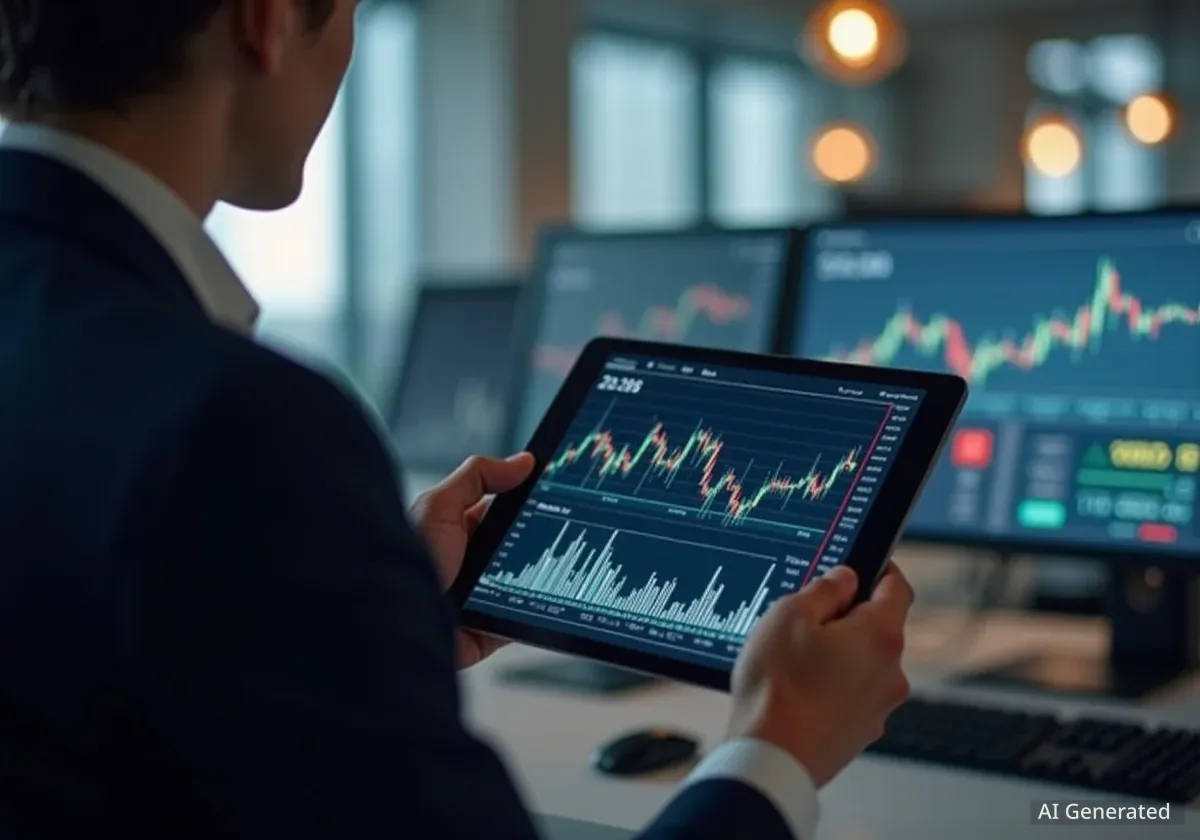In an era saturated with information, accessing verified, in-depth journalism increasingly requires a paid subscription. Major news organizations are reinforcing their digital paywalls, with some premium plans settling at significant monthly price points, forcing consumers to make calculated decisions about what news is worth paying for.
This shift from ad-supported free content to reader-funded models marks a pivotal moment for the media industry and the public. As publishers experiment with pricing tiers, introductory offers, and content access levels, the landscape of information consumption is being reshaped, raising questions about accessibility and the future of quality reporting.
Key Takeaways
- Major news outlets are increasingly relying on digital subscription models to ensure financial stability and fund quality journalism.
- Premium subscription prices, sometimes reaching around $75 per month after introductory periods, reflect the high cost of maintaining global news operations.
- Publishers utilize various strategies, including annual discounts (often around 20%), digital-only editions, and flexible cancellation policies to attract and retain subscribers.
- The market is seeing a diversification of access, with options for individuals, universities, and entire organizations, creating different tiers of information availability.
The End of the Free News Era
For years, the internet promised a democratized flow of information, largely supported by advertising revenue. However, that model has proven unsustainable for many high-quality journalism outlets. The decline in ad rates and the rise of ad-blocking software have compelled publishers to seek a more direct and reliable source of income: their readers.
This transition has led to the widespread implementation of paywalls, which restrict access to content for non-subscribers. While some outlets use a 'metered' system, allowing a few free articles per month, many of the most respected names in journalism now place their most valuable analysis and reporting firmly behind a subscription barrier.
The strategy is a calculated risk. While it alienates some readers accustomed to free content, it builds a loyal, paying audience that directly funds the journalistic mission. This reader-first model allows newsrooms to invest in long-form investigative work, expert analysis, and on-the-ground reporting without being solely dependent on advertiser demands.
Understanding the Value Proposition
A monthly fee that can climb to $75 or more may seem steep, but publishers argue it reflects the true cost of producing credible, world-class journalism. These funds support a vast infrastructure that the average reader may not see.
What a Subscription Funds
- Global Bureaus: Staffing correspondents in key locations around the world.
- Investigative Teams: Supporting reporters who may spend months on a single, impactful story.
- Expert Analysis: Employing industry leaders and seasoned analysts to provide deep insights.
- Digital Infrastructure: Maintaining secure websites, mobile applications, and data visualization tools.
- Editorial Independence: Reducing reliance on advertisers and special interests.
In an age of rampant misinformation and algorithm-driven content, the core product being sold is trust. A subscription is presented not just as a transaction for content, but as an investment in a reliable source of information. This is why many organizations emphasize their heritage, journalistic standards, and the expertise of their contributors.
"We are seeing a clear trend where consumers are willing to pay for quality and reliability. The challenge for publishers is to consistently demonstrate that the value they provide is worth the recurring cost."
Strategies to Secure Subscribers
Convincing readers to commit to a recurring payment requires sophisticated marketing and flexible product offerings. Publishers are no longer selling a one-size-fits-all product but a suite of options tailored to different needs and budgets.
Common Subscription Models
Several common strategies have emerged across the industry to lower the initial barrier to entry and encourage long-term commitment:
- Introductory Offers: Deeply discounted trial periods are common, allowing users to experience the full breadth of content before committing to the standard rate.
- Annual Savings: Many services offer a significant discount, often around 20%, for users who pay for a full year upfront. This model provides the publisher with stable, predictable revenue.
- Tiered Access: Not all subscriptions are created equal. A basic digital plan might provide access to a website and standard app, while premium tiers could include access to e-papers, exclusive newsletters, and special digital features.
- Flexible Management: A key feature for modern consumers is the ability to easily change or cancel a plan online. This removes a major point of friction and builds consumer confidence.
Corporate and Institutional Access
Beyond individual readers, a major growth area for news organizations is institutional subscriptions. Many offer digital access plans for entire companies, universities, and other organizations. This provides employees or students with a valuable resource while opening up a significant revenue stream for the publisher. These plans often include exclusive features and content tailored to a professional audience.
The Challenge of Subscription Fatigue
While the paywall model has been a lifeline for journalism, it has created a new challenge for consumers: subscription fatigue. The average person now juggles multiple recurring payments for streaming video, music, software, and news.
This crowded marketplace forces consumers to prioritize. An individual might only be willing to pay for one or two primary news sources, leading to intense competition among publishers. To stand out, news organizations must do more than just report the news; they must build a distinct brand identity and a community around their content.
The ultimate question for readers is no longer just about accessing information, but about which worldview, which set of experts, and which journalistic lens they are willing to invest in. The choices they make will continue to shape the future of the media landscape for years to come.




